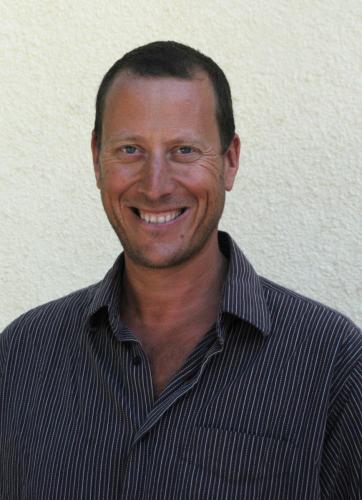About the rugs
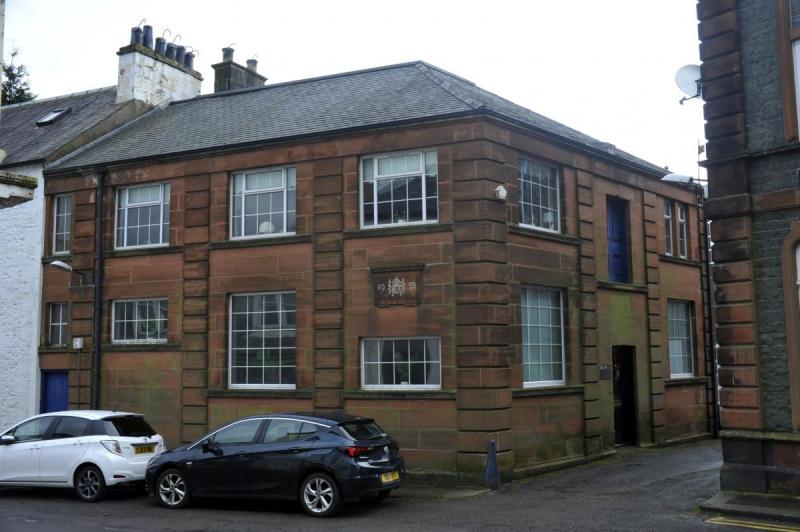
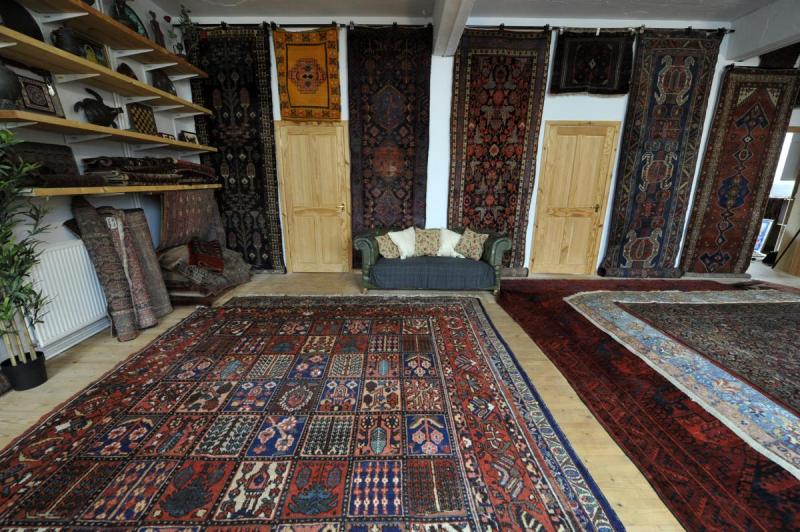
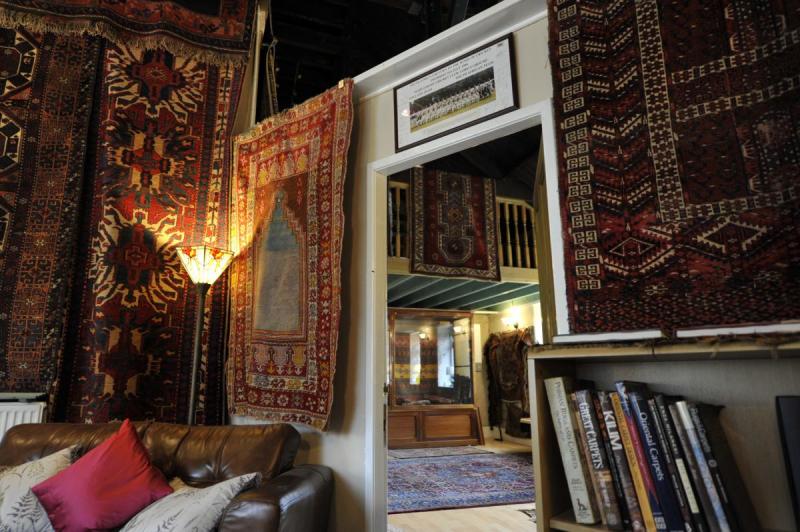
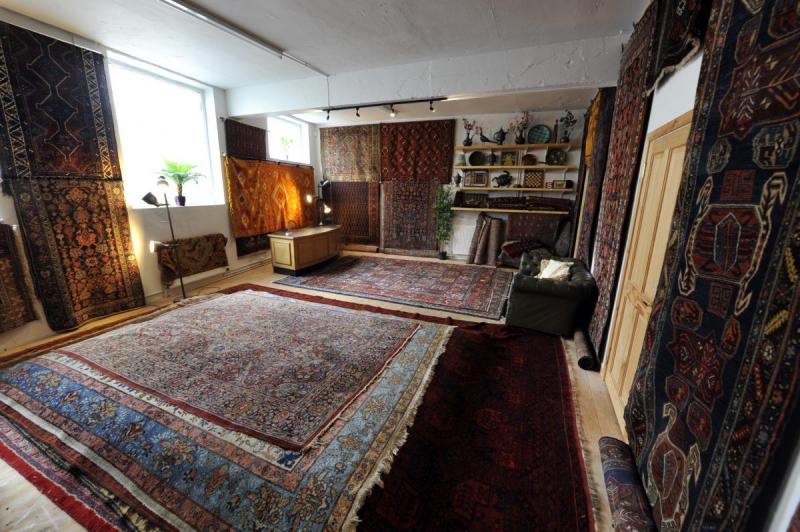 My collection has developed over the course of 20 years of searching and aquisition. Based in Kenya for the past eight years, we finally moved back to the UK in 2017. We are now based in the small beautiful southern Scottish town of Moffat, Dumfries and Galloway, just off the M74 - the main artery between England and Scotand. After 20 years away, (Pakistan, Nepal, Burma and Kenya) it's wondeful to be back, surrounded by the gorgeous scenery of Dumfries & Galloway. Although we no longer have the large tropical garden full of monkeys, we have purchased a lovely sandstone art-deco 1930s ex-Bakery, which makes a wonderful distribution/storage centre & gallery. Visitors are always welcome - just call ahead.
My collection has developed over the course of 20 years of searching and aquisition. Based in Kenya for the past eight years, we finally moved back to the UK in 2017. We are now based in the small beautiful southern Scottish town of Moffat, Dumfries and Galloway, just off the M74 - the main artery between England and Scotand. After 20 years away, (Pakistan, Nepal, Burma and Kenya) it's wondeful to be back, surrounded by the gorgeous scenery of Dumfries & Galloway. Although we no longer have the large tropical garden full of monkeys, we have purchased a lovely sandstone art-deco 1930s ex-Bakery, which makes a wonderful distribution/storage centre & gallery. Visitors are always welcome - just call ahead.
I came under the spell of oriental rugs while working as a photojournalist in Pakistan in the 1990s. I would travel to Afghanistan often and was blown away by the skill, artistry (both individual and collective) and sheer romance involved in the creation of tribal rugs. These weren't the kind of rugs I had seen in the workshops of Lahore and elsewhere in Pakistan, made purely to sell, and often woven by children in near Victorian factory conditions. Such Pakistani rugs were nearly always unimaginative, derivative, and usually marked by indifferent or downright noxious chemical colours. The rugs I searched out in the backalleys of tribal towns were the real thing.
A BagFace 'Open Day' at my old house in Nairobi, Kenya.

Woven, less often to sell than to use, or pass on to future generations as a wedding dowry, the wool came from local mountain sheep, or even goats and camels, and was hand-spun. Though adhering to certain heraldic rules, these rugs had individuality and a unique, uneven charm. Woven by tribal women and girls in their own tents or homes, they managed to reflect the characters and quirks of their weavers. I also learnt to see the incomparable beauty of the many natural dyes such as madder, indigo, saffron, conchineal and pomegranite. After seeing these colours extracted from roots, seeds, rocks or even insects, it was hard to look at chemical dyes the same way. These rugs would also display arbrush - slight striations in colouring that would imbue depth and 'shimmer' to the rug - which were a result of uneven absorption of the dyes. This only happens naturally with hand-spun wool which exhibits differences in thickness and density. Since these weavers were pastoral nomads they might only mix small amounts of dye at a time. The result might be sudden changes in colour in the rug, as they found themselves unable to mix exact colour matches in their new camp. All these quirks are what hooked me to rugs and they're what keep me hooked.
In the following years I expanded my tastes from purely tribal goods, and grew to like many, somewhat more worldly village and city rugs. I also expanded my geographical range. I had only known the Turkoman and Baluchi rugs of Afghanistan, and Central Asia, but I began to learn more about Persian, Turkish and Caucasian rugs. These also had all their own peculiarities and charms, and many exhibited amazing creative flare and wonderful colouring. I was hooked all over again. In short, I began to collect. However, I decided to start selling much of my collection as the line between collecting and hoarding is a fine one. Nonetheless I do continue to seek out lovely pieces, though sourcing good antique rugs at affordable prices is getting evermore difficult.
Nearly all my collection is now on this online gallery. I can of couse post, but if you would like to see the rugs 'in the flesh' first, please come and see us in Moffat, Dumfries & Galloway. Just drop me a line or call.
